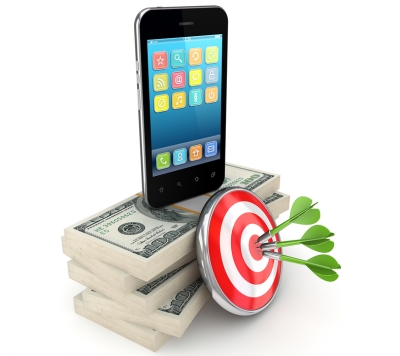
24 Nov Enhancing Marketing Strategy through mobile applications
The advent of the web took 15 years to disrupt everything, with the smartphone, it has only taken five.
Mobile and digital disruption has permanently changed the status quo in marketing. Tried and tested traditional advertising techniques are quickly becoming underwhelming as they don’t work like they used to.
As mobile becomes the status quo, mobile applications have become a core component of mobile devices, as they perform several functions at a time, without users having to dissipate time and energy over them.
Google’s acquisition of AbMob and Apple’s iAd network are solid proof of the true power of mobile applications in the context of mobile brands.
Thanks to the advent of smartphones and mobile ecommerce, geo mobile advertising is quickly emerging as the hottest property in digital marketing. It is precision targeted; highly personalized form of mobile marketing, it serves the customers well, and it is a boon for the mobile marketer’s business.
But at the heart of the shift toward the use of mobile applications is consumer behavior which is shifting in favour of apps, with more content downloaded via apps than through browsers. With this adoption mobile application is expected to increase sharply from 2013 in developing countries. This serves as a huge pool for brands as it provides a platform to increase awareness and build relationships with a huge audience.
So why should brands and companies have an app in the first place?
Apps will displace traditional advertising
Apps provide the best way for marketers to communicate through mobile. Apps will displace traditional advertising in part because consumers don’t perceive them as advertising rather; they value them for their functionality and thus don’t find them intrusive.
Cost efficient.
For marketers, apps will also be attractive because they’re actually more cost-efficient than traditional ads,
New Revenue Stream
They can create entirely new revenue streams. And this is what should get brands really interested.
UK–based retailer Tesco is a clear example of how mobile apps is delivering new revenue streams. Tesco has a grocery delivery business called Home Plus, the chain plastered the walls of subway stations with life-size, high-resolution photos of products on store shelves, complete with QR codes that can be scanned with a smartphone.
This allowed consumers to shop and arrange for delivery while waiting for their trains. Within three months of the system’s rollout, the number of registered users of Home Plus had increased by 76%, and revenues had increased by 130% and allowed Tesco to narrow the gap on the market leader.
Since it was launched, in April 2011, the app has been downloaded more than a million times, and the company is now expanding its virtual stores to bus stops.





No Comments